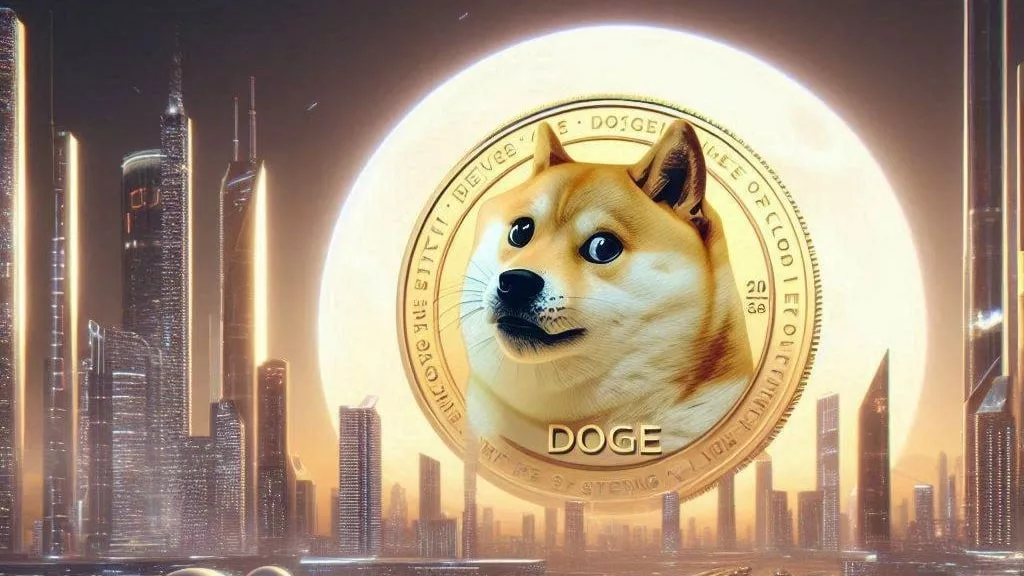
Timothy Stebbing, a product lead at the Dogecoin Foundation, has recently shared his thoughts on the future evolution of Dogecoin (DOGE). In a post on X, Stebbing outlined his vision for the future, suggesting that the time has come for Dogecoin to adopt Layer 2 (L2) technology. While many are familiar with Dogecoin’s history as a popular cryptocurrency, Stebbing believes that its potential is far from fully realized. According to him, the introduction of L2 chains could significantly transform the network.
Stebbing cautioned that while the integration of L2 solutions could bring numerous benefits, such as smart contracts, tokenization of real-world assets, and enhanced payment systems, it could also introduce risks. One of the concerns he raised was the potential for increased scams amidst legitimate businesses, as scammers may exploit the new opportunities presented by L2 chains.
However, Stebbing remains optimistic about the potential of L2 technology. He highlighted that L2 chains on Dogecoin’s network will operate in a collaborative manner, utilizing open protocols to ensure competition and innovation. Stebbing emphasized that the key to success would lie in building these open protocols, allowing for collaboration while maintaining distinct points of difference. He concluded by encouraging developers to innovate and succeed based on merit, while lifting up others along the way.
The success of Ethereum (ETH) in recent years can be largely attributed to the development of its Layer 2 networks, including Base and Arbitrum. These networks have improved scalability and reduced transaction costs, fueling the growth of Ethereum’s decentralized applications (Dapps) and decentralized finance (DeFi) ecosystem. If Dogecoin follows a similar path by adopting L2 chains, it could trigger a similar transformation for the network.
Introducing L2 chains to Dogecoin could significantly increase the utility of the cryptocurrency, making it more practical for institutional use. These developments would enable the tokenization of real-world assets, improving liquidity and facilitating seamless transactions for businesses and financial institutions. Additionally, L2 technology would enhance the Dogecoin network’s scalability, allowing it to handle a greater volume of transactions without the same high costs and slow speeds typically associated with Layer 1 networks.
One of the most promising aspects of Dogecoin adopting L2 chains is its potential to attract more institutional investors. By offering advanced financial products, such as tokenized assets and stablecoins, the Dogecoin network could become a more attractive option for investors seeking to diversify their portfolios. With these upgrades, Dogecoin’s role could expand from being just a digital currency to becoming an essential part of the broader blockchain and financial ecosystem.
Moreover, the adoption of L2 solutions could lead to a fundamental change in Dogecoin’s underlying consensus mechanism. Currently, Dogecoin operates on a proof of work (PoW) consensus model, similar to Bitcoin. However, Stebbing suggests that the network could transition to a proof of stake (PoS) model, similar to Ethereum after its transition. The PoS mechanism would offer numerous advantages, including lower energy consumption, faster transaction times, and greater cost efficiency, making it a more sustainable choice for scaling decentralized applications.
As the adoption of L2 chains gains momentum, Dogecoin could see a surge in both use and value. If successful, the integration of L2 solutions would enable Dogecoin to become a much more powerful tool for both everyday users and institutional investors. The network’s ability to offer enhanced scalability, better transaction speeds, and reduced costs could drive its adoption across various industries.
While the future remains uncertain, Stebbing’s comments signal an exciting direction for Dogecoin. The introduction of L2 technology has the potential to change the cryptocurrency’s trajectory, offering new opportunities for innovation and growth. As the ecosystem evolves, Dogecoin may soon play a much larger role in the blockchain space, transitioning from its origins as a lighthearted cryptocurrency to a key player in the decentralized financial system.



Get the latest Crypto & Blockchain News in your inbox.